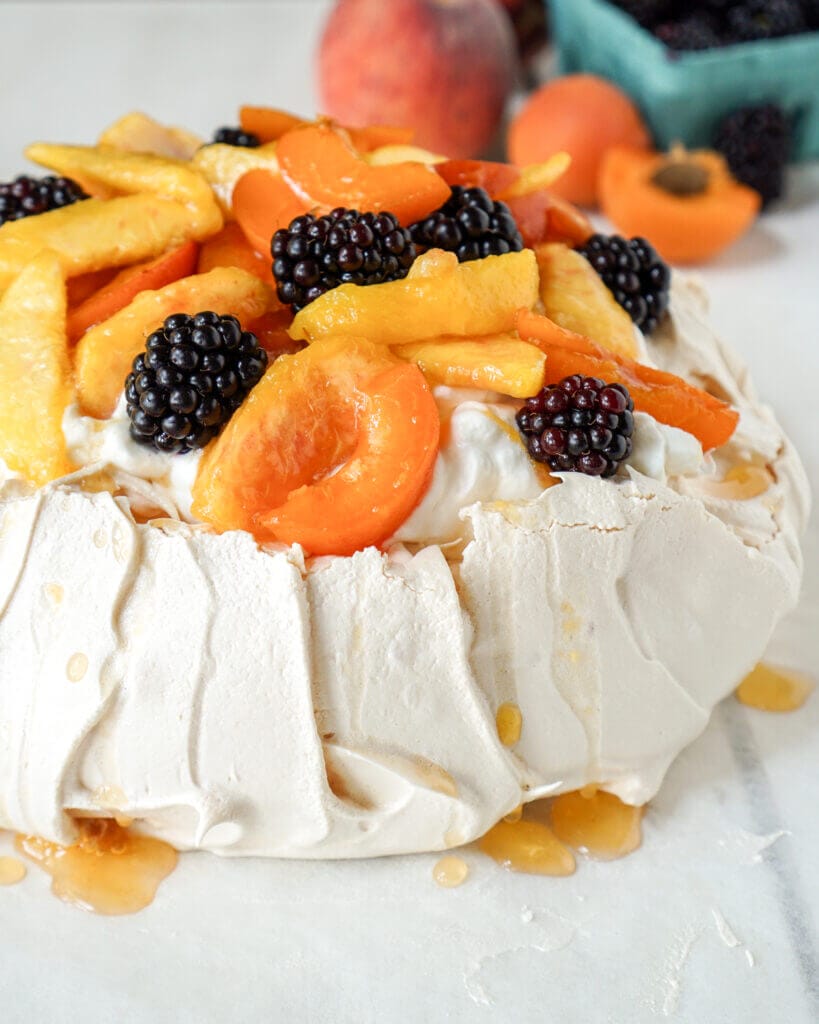
Have you ever tasted something that brought back the fondest of memories? That just transported you in time and it was like tasting every bite for the first time? For me, this summer pavlova is just that!
This dessert is crisp, yet chewy with a marshmallow-like interior. It’s filled with light fluffy whipped cream and piled high with summer fresh, juicy peaches, apricots and blackberries! Everything about this dessert brings me back to the first time I tasted a pavlova in South Africa!
In the summer I try and spend as much time as possible at our family cottage. On the way I love hitting Leahy’s Farm that’s filled with local fruits and veggies and I always find inspiration to create a new recipe. It’s the cutest spot and every year it gets bigger and bigger. If you’re in the Lakefield area, it’s a must-stop!
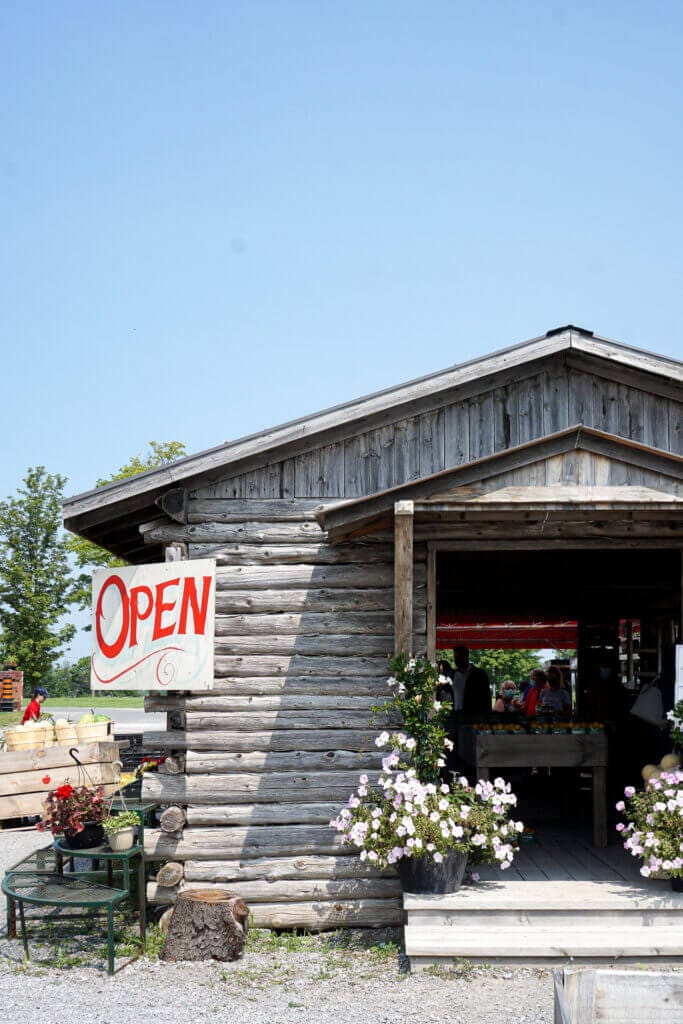
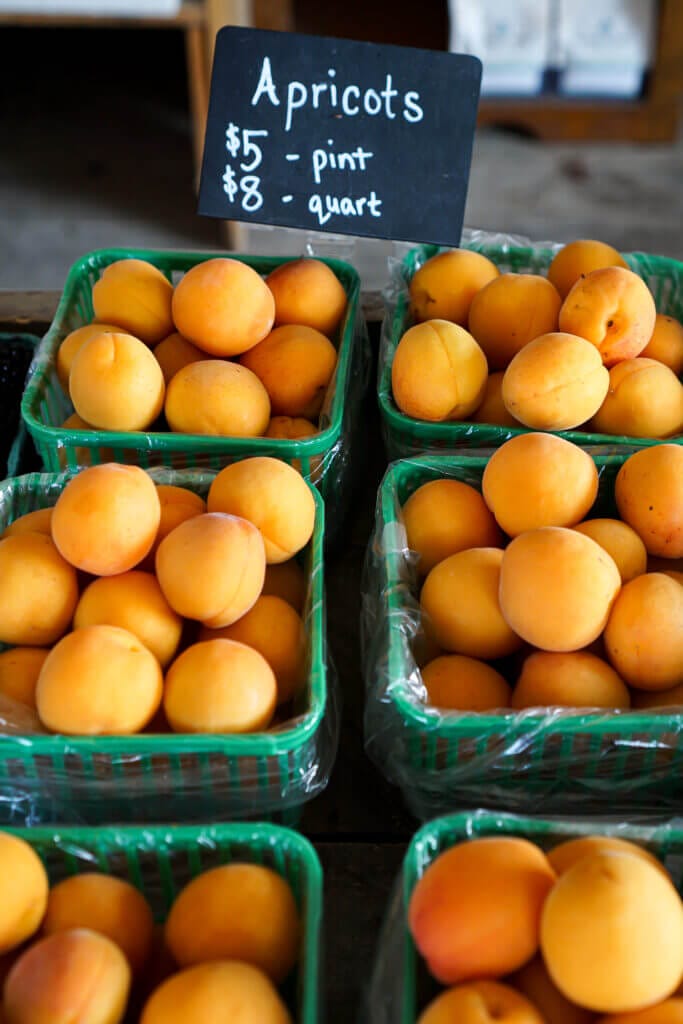
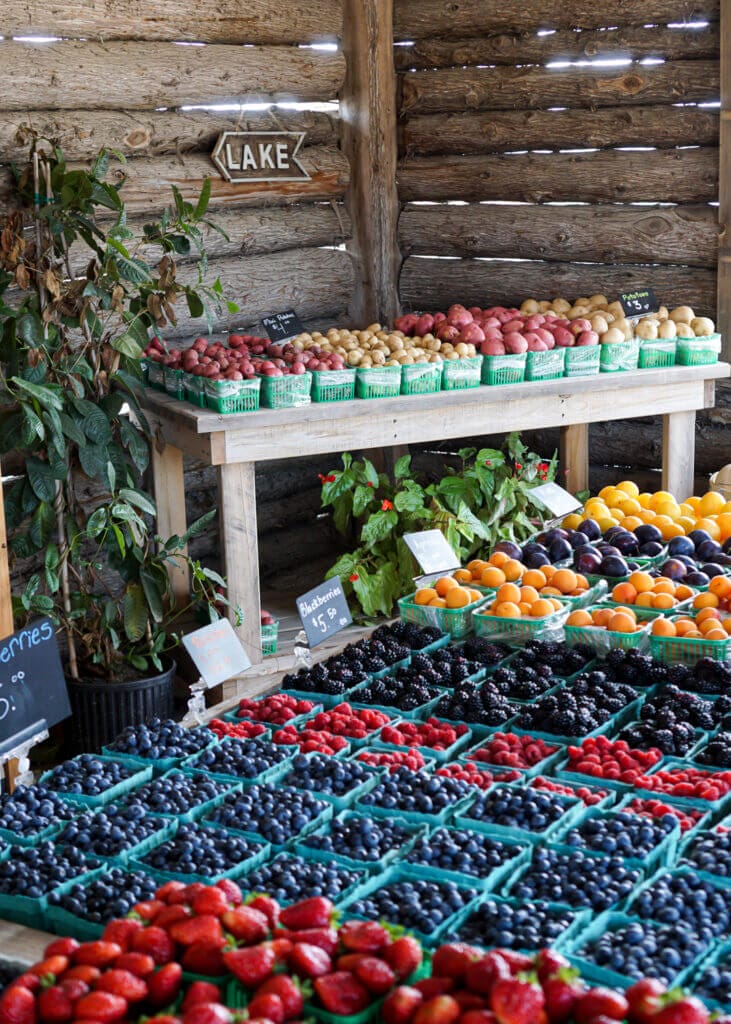

Ingredients
The pavlova’s charm lies in its simple yet essential ingredients. Fresh peaches, apricots, and blackberries burst with summer flavour, while light, fluffy whipped cream adds a delicate touch. Together, they create a delightful South African-inspired dessert that’s both easy to make and irresistibly delicious.
Pavlova
- Egg whites
- Cornstarch
- Salt
- White-wine vinegar
- Superfine sugar and powdered sugar
- Vanilla extract
Filling
- Peaches
- Apricots
- Blackberries
- Granulated sugar and icing sugar
- Whipping cream
Variations
- Berry Pavlova: Top your pavlova with a medley of fresh strawberries, raspberries, and blueberries and blackberries.
- Tropical Pavlova: Add slices of ripe mango, pineapple, and kiwi to your pavlova for a taste of the tropics.
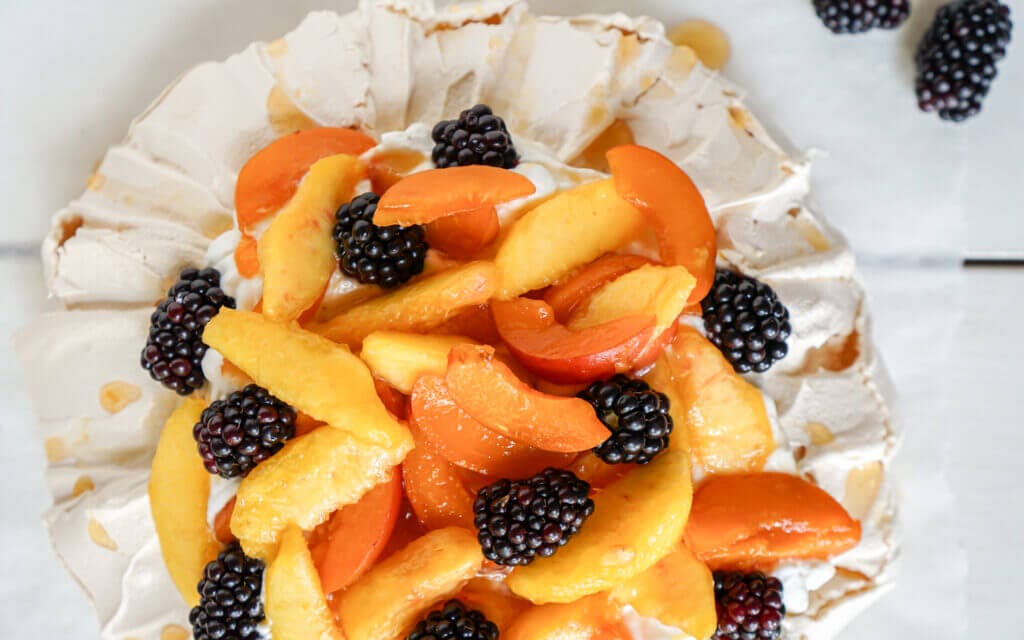
Tips For a Perfect Summer Pavlova
- Clean equipment: Before starting, make sure that your mixing bowl and beaters are completely clean and dry. Any traces of oil/grease or moisture can prevent the egg whites from whipping up properly.
- Room temperature eggs: It’s essential to use room temperature eggs to get a fluffy pavlova. But, it’s easier to separate yolks from whites when the eggs are cold. Let them sit for about 30-40 minutes before using them.
- Egg whites: Be extremely careful when separating the egg whites from the yolks. Even if a tiny bit of yolk breaks into the whites it can hinder the whipping process. It’s best to separate each egg into a small bowl first, then add it to the larger bowl of egg whites. This way if a yolk breaks, you only have to get rid of one egg instead of the entire batch.
- Gradually add the sugar: Add the sugar very slowly, one tablespoon at a time, like a soft waterfall of sugar while beating the egg whites. This allows the sugar to dissolve properly, resulting in a smoother and more stable meringue.
- Stiff peaks: Beat the egg whites until stiff peaks form. When you lift the beaters out of the meringue, it should hold its shape.
- Low and slow baking: The idea is to bake the pavlova at a low temperature for a long time. This will avoid browning or cracking. And a slow bake allows the meringue to dry out gradually, resulting in a crisp exterior and soft marshmallow-like interior.
- Cooling the pavlova: Once the pavlova is done baking, turn off the oven and let it cool completely inside the oven (you can leave the oven door slightly ajar if you like). This helps prevent the pavlova from cracking caused by sudden temperature changes.
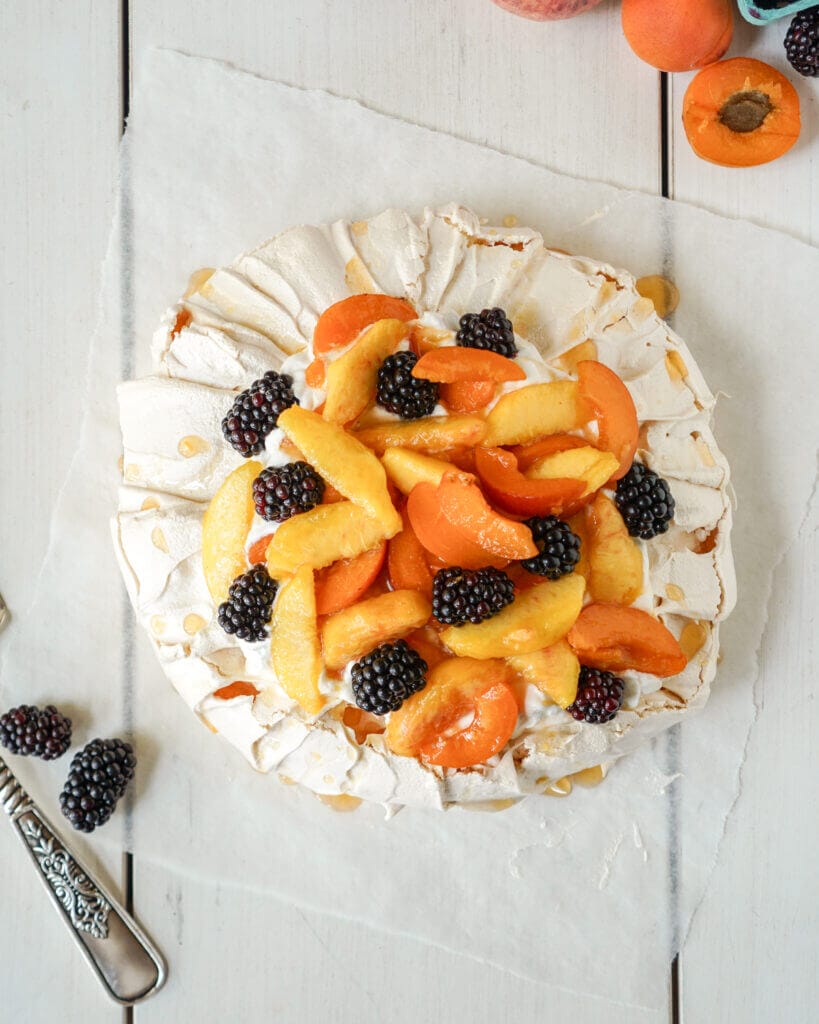
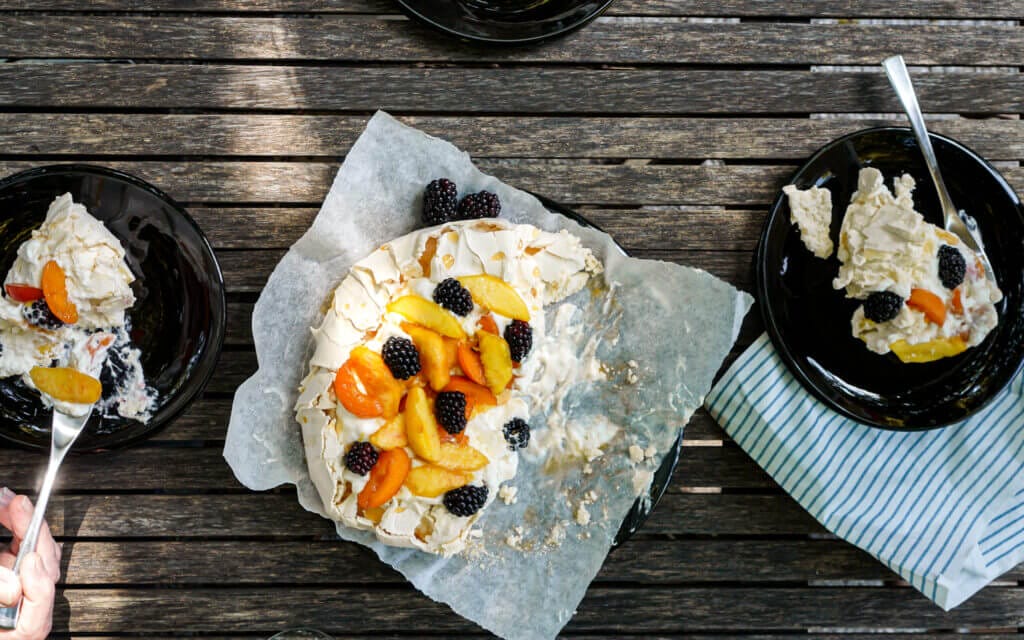
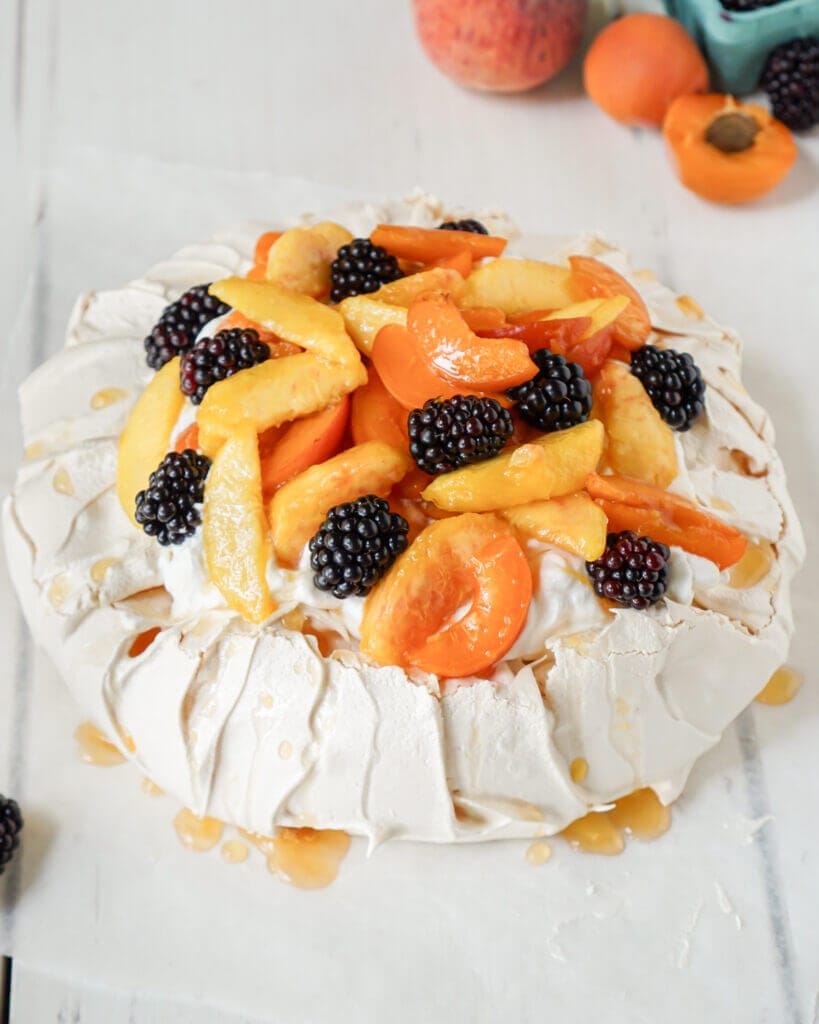
Summer Pavlova
This summer pavlova is made with fresh, juicy peaches, apricots, and blackberries. It’s gluten free and is the perfect dessert to enjoy for a light summer treat. It’s crisp on the outside and has a chewy, marshmallow centre that’s full of juicy fruits.
- Prep Time: 30 mins
- Cook Time: 2 hours
- Total Time: 2 hours 30 mins
- Yield: 8–10 1x
- Category: Dessert
- Cuisine: Australian
- Diet: Gluten Free
Ingredients
Pavlova
- 4 large egg whites, at room temperature
- 1 teaspoon cornstarch
- 1/4 teaspoon salt
- 1 teaspoon white-wine vinegar
- 1/2 cup superfine sugar
- 1/2 cup powdered sugar, sifted
- 1 teaspoon vanilla extract
Filling
- 4 large peaches, peeled and sliced
- 6 fresh apricots, sliced
- 2 Tablespoons sugar
- 1/2 cup blackberries
- 1 1/2 cups whipping cream
- 1 tablespoon powdered sugar
Instructions
- Preheat oven (convection setting) to 235˚F degrees. Line a baking sheet with parchment paper and set aside.
- Using the whisk attachment on your mixer, beat egg whites, cornstarch, salt, and vinegar together on medium speed until foamy. Gradually add superfine sugar while the mixer is running. Raise the speed to high and beat until stiff peaks form, approx. 5 minutes. Reduce the speed to medium and slowly add the powdered sugar. Raise the speed and continue to beat until glossy and very stiff peaks form. Beat in vanilla.
- Using a spatula, drop the mixture into the middle of the baking pan. Next, shape the mixture into a circle with the centre hollowed out, like a bowl. Use an offset spatula or a bread knife to shape into any desired design.
- Place in the oven and bake for approx. 2 hours or until crisp on the outside, making sure not to open the oven door during baking. Turn off the oven and let the pavlova cool down (slowly) inside the oven. You can also leave it overnight in the oven to cool.
- When you’re ready to serve the pavlova make your filling (if you fill your pavlova too soon, it will become soggy and fall apart).
Filling
- In a small bowl add peeled and sliced peaches and apricots. Add 2 tablespoons of sugar and let sit to bring out the juices.
- Meanwhile, whip your whipping cream. Add cream and powdered sugar together and whip until soft peaks form.
Assemble
- Remove the pavlova and place onto a serving tray (once you fill your pavlova it will become difficult to move around).
- Fill the centre of the pavlova with the whipping cream.
- Scoop out the peaches and apricots and place them on top of the cream, pour the juices all over the top and let it run down the sides.
- Top with fresh blackberries.
Notes
It’s best to cut a pavlova with a serrated knife, like a large bread knife.
Best enjoyed the day of.
You can store an ‘unfilled’ naked baked pavlova for up to a week in a dry dark place. Cover loosely with foil or in a tin. Never store in an airtight container as moisture will make the pavlova weep and go bad.
A pavlova is best made a day or two ahead as this will give it time to dry out properly and come down in temperature.
Nutrition
- Serving Size: 1 of 10
- Calories: 159
- Sugar: 23.9g
- Sodium: 78mg
- Fat: 5.9g
- Saturated Fat: 3.5g
- Unsaturated Fat: 0
- Trans Fat: 0
- Carbohydrates: 25.5g
- Fiber: 1.7g
- Protein: 2.8g
- Cholesterol: 20mg
FAQ’s
Pavlova is an Australian dessert named after the Russian ballerina Anna Pavlova. It’s made from egg whites and sugar, otherwise known as a meringue but it’s crisp on the outer shell while soft, light and marshmallowy on the inside. A pavlova is baked at a very low temperature for a long period of time to slowly dry out the dessert. It is also gluten free as you don’t require any flour for the recipe.
Both the pavlova and the meringue are made with egg whites and sugar but the meringue is completely crisp throughout while a pavlova is crisp on the outside and soft and chewy on the inside. While they are alike and made with similar ingredients the pavlova would be a meringue based dessert.
It can be a bit difficult to tell when a pavlova is done. For one, you don’t want to keep opening the oven to check as this will cause cracking and fallen pavlovas. It’s better to overbake a pavlova in my opinion and have it crisper than too chewy. Two, you want to bake a pavlova at a low temperature of 235˚F and if possible on a convection setting. This is to slowly dry out the meringue at a low consistent temperature. Your pavlova will be done when the outside is completely crisp to the touch and can easily be peeled/lifted off the parchment paper/baking tray. Baking time will vary depending on the size and thickness of the pavlova. For this reason, add extra time for thicker pavlovas. You can be looking at anywhere between 1-3 hours. Use your recipe as a guideline as no two pavlovas are the same size.


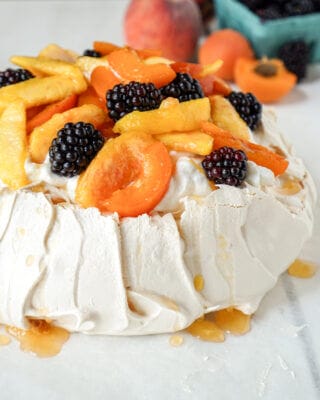
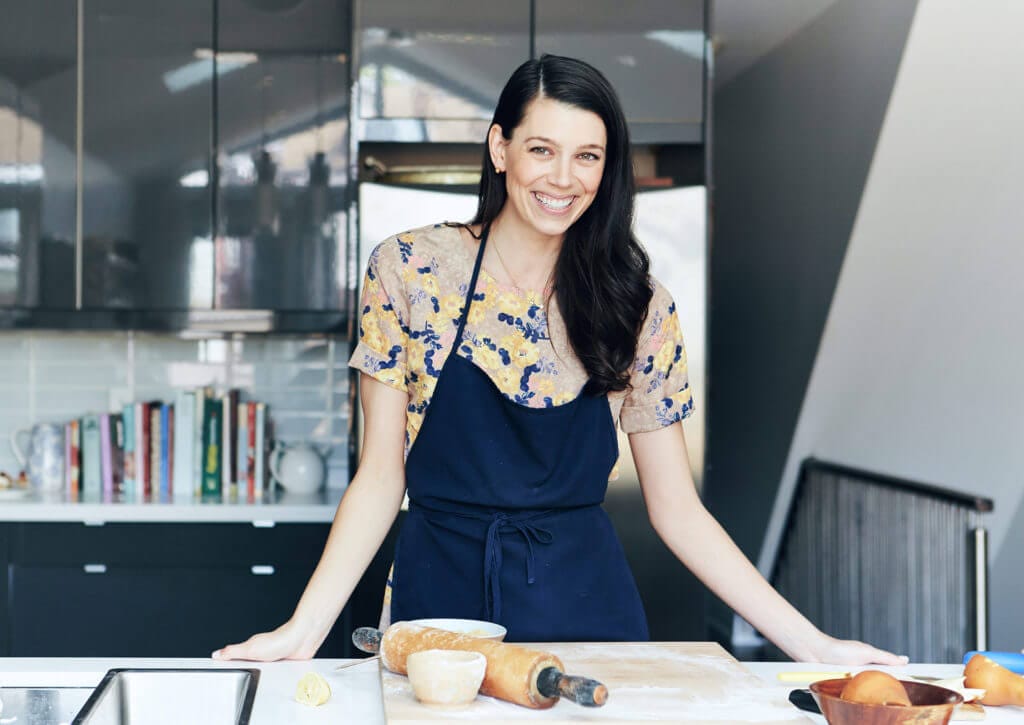
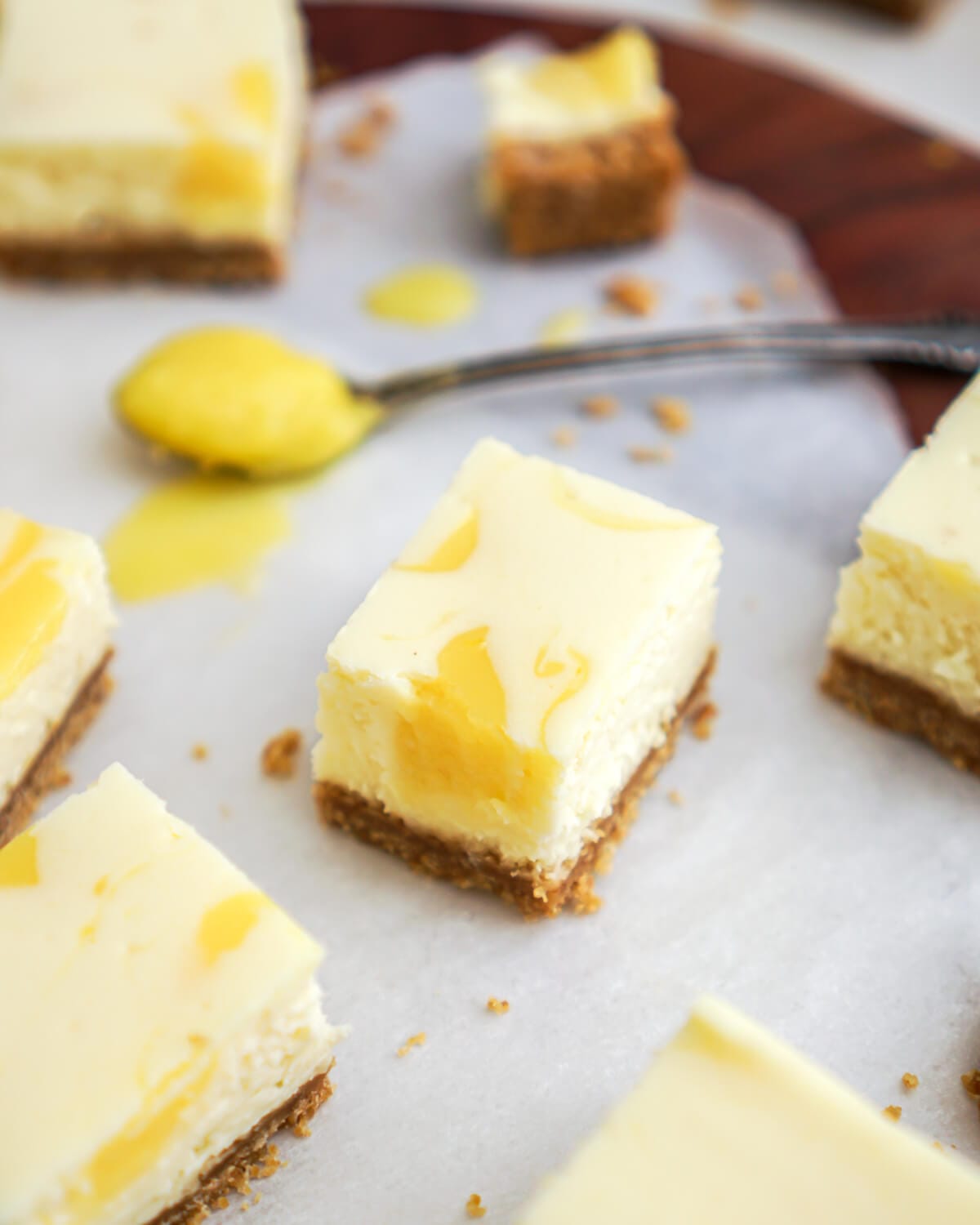
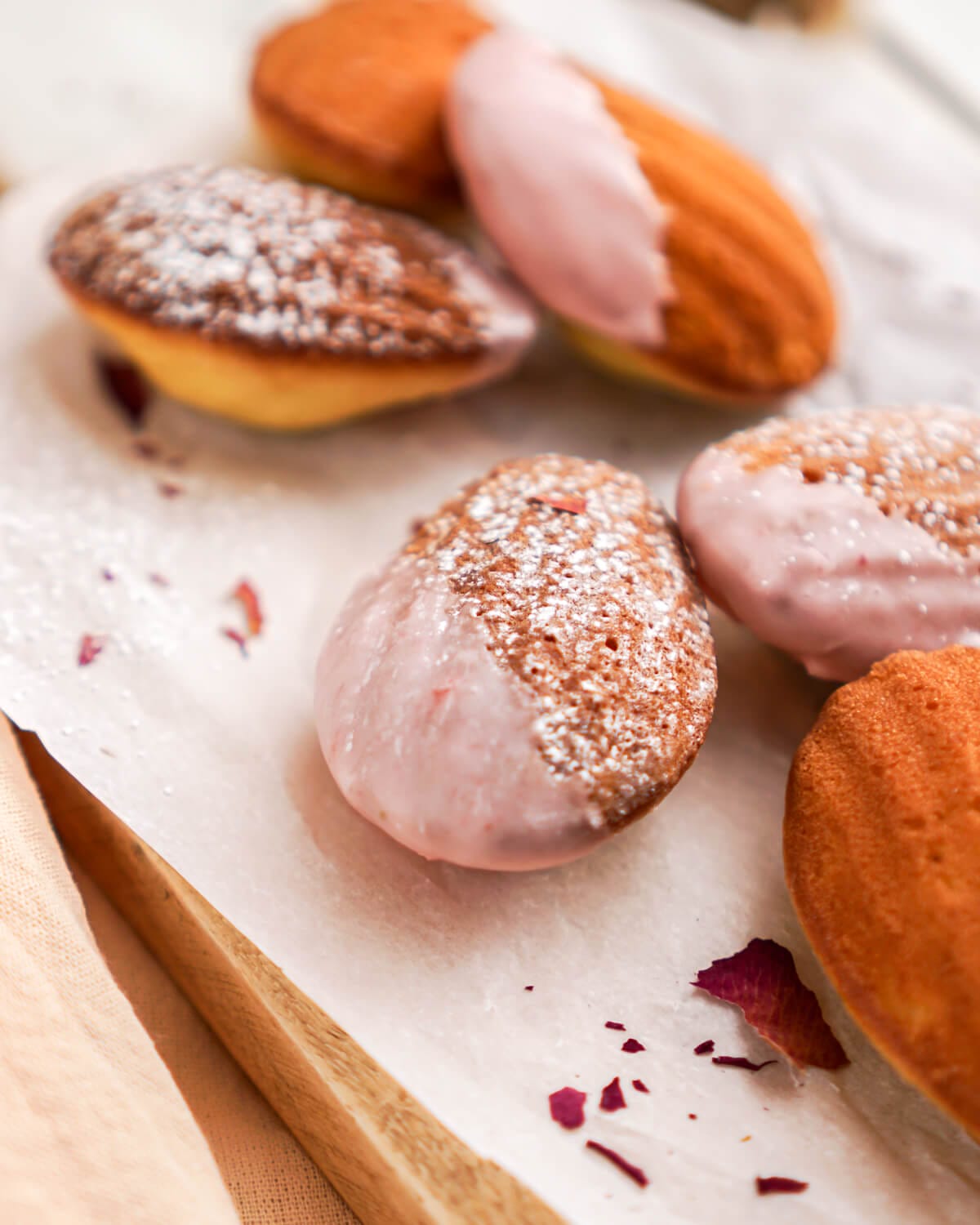
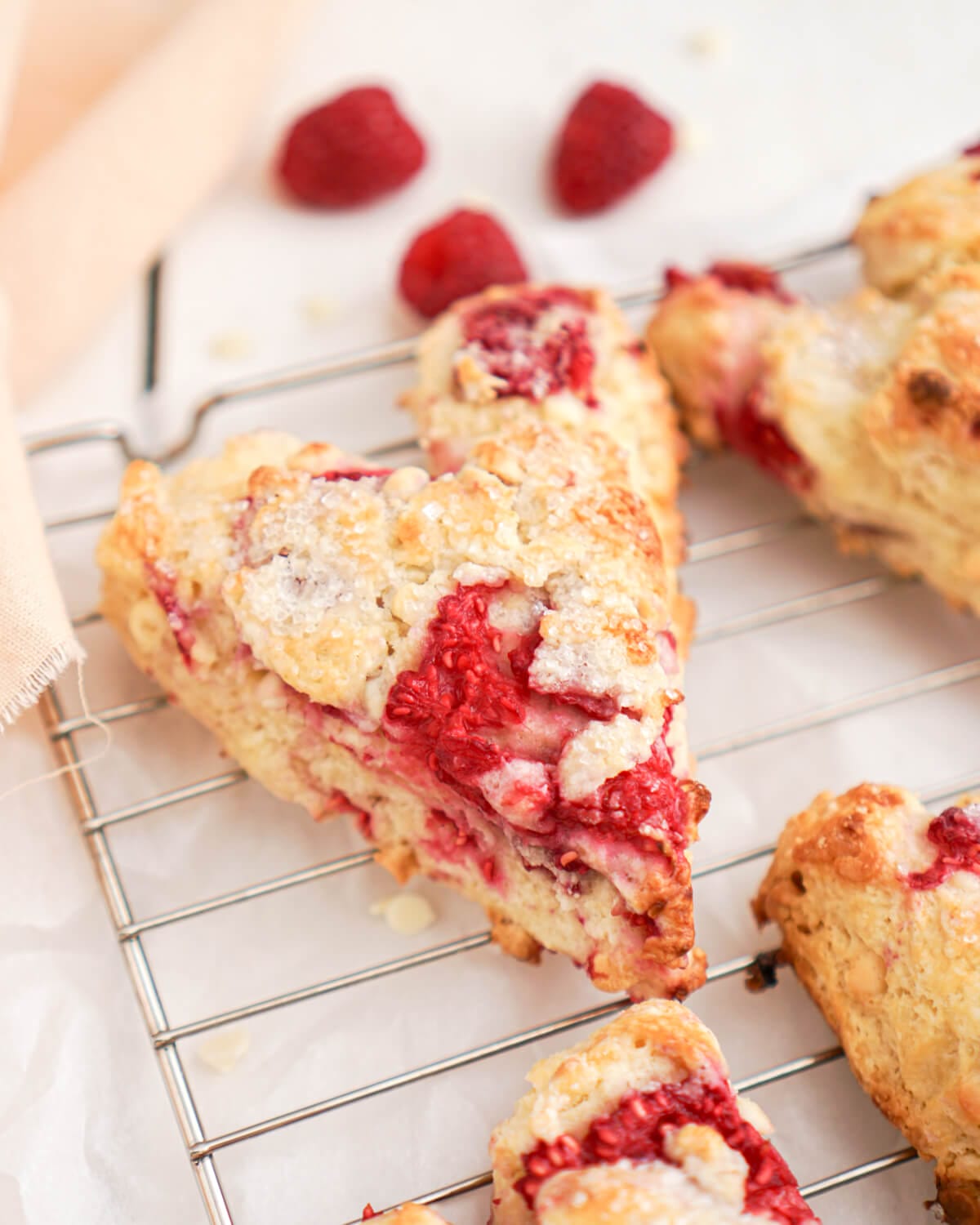
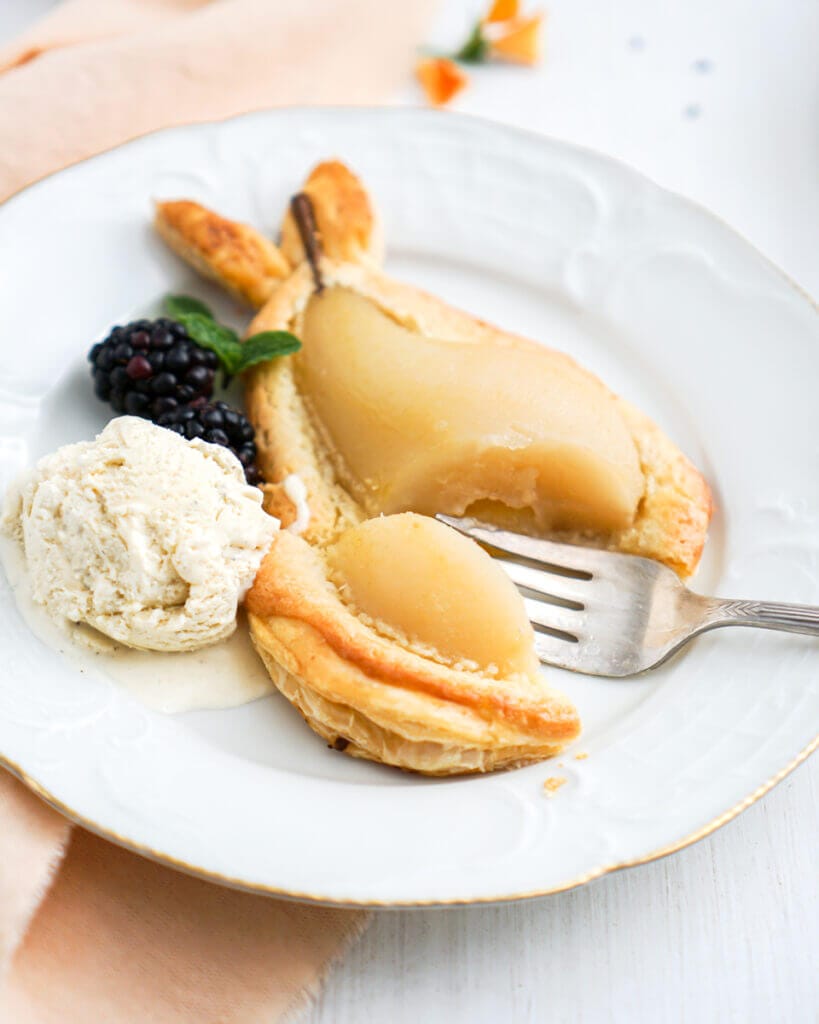
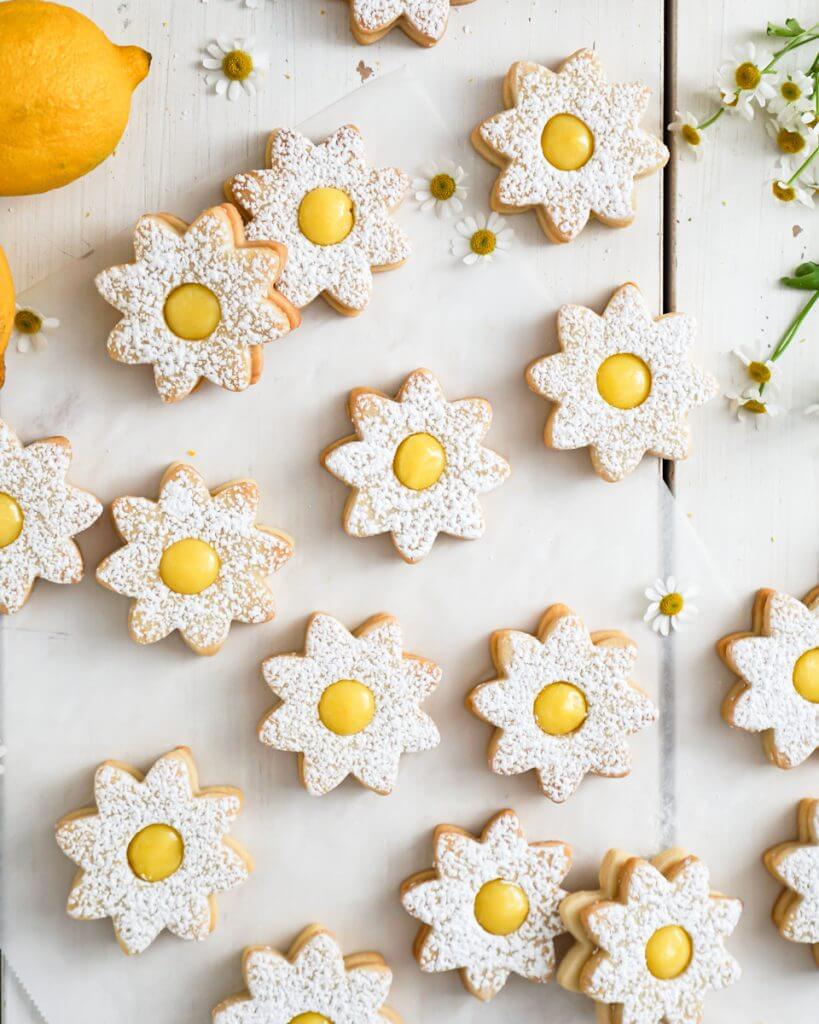

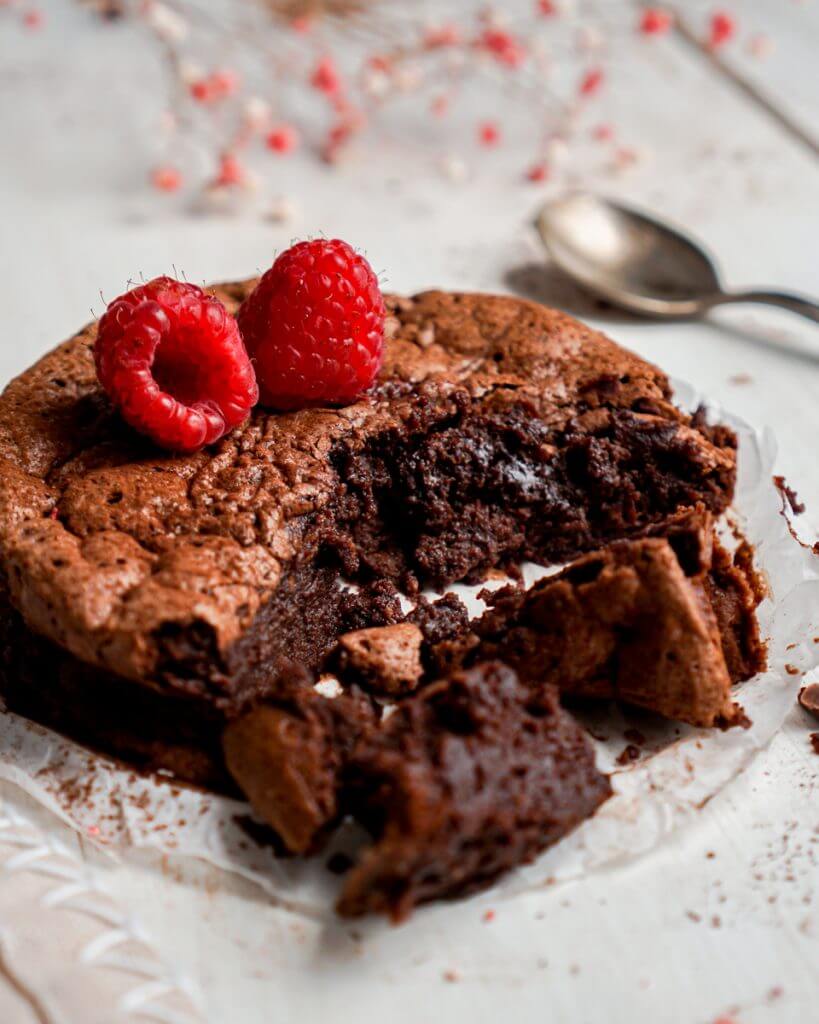
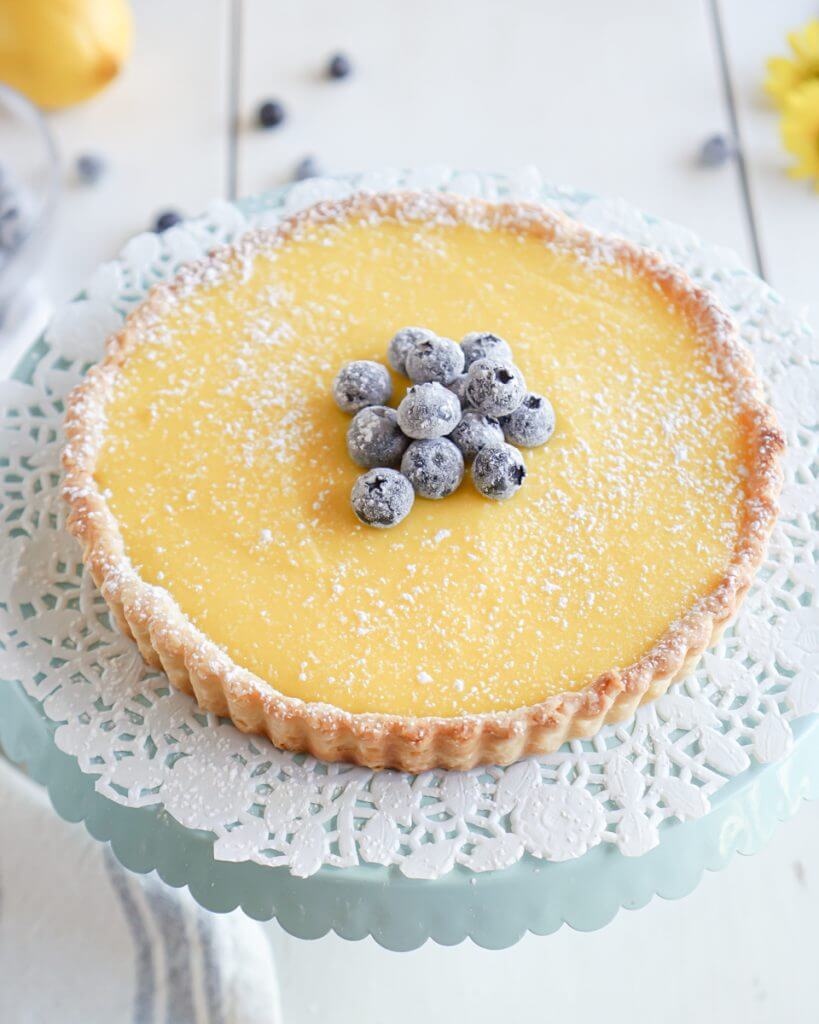
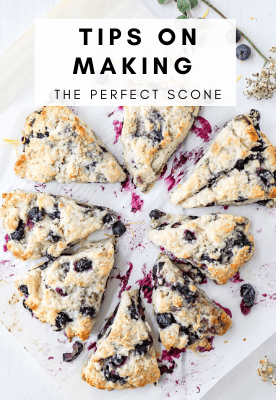




Leave a Rating and Comment!
I love hearing from you! Leave a comment with any questions or how your recipe turned out (your email address will not be published)!